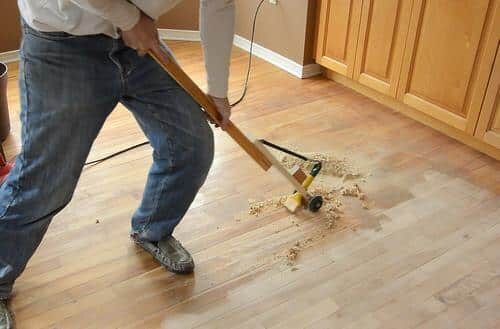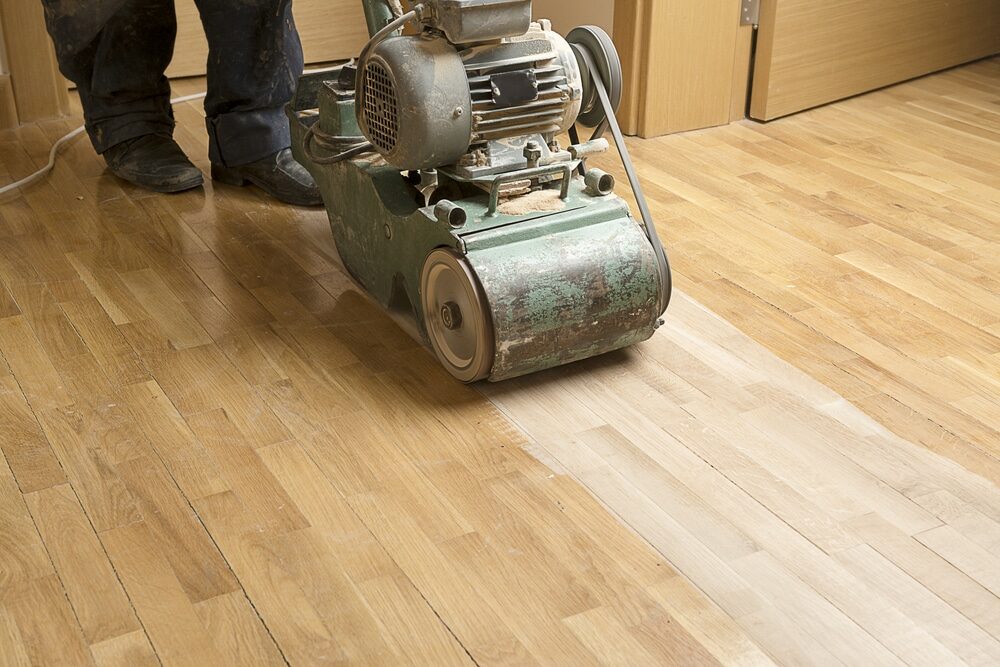London:
Nationwide:
Mastering Wood Floor Sanding: A Comprehensive Guide to Doing It Right
Posted on May 16, 2023
Articles
Mastering the Art of Wood Floor Sanding: A Step-by-Step Guide
Wood floors are a beautiful addition to any home, but they require regular care to maintain their lustre and appeal. One crucial part of this maintenance is the process of sanding. This guide will break down the art of wood floor sanding into manageable steps, providing a clear and comprehensive understanding of the process and how to do it well.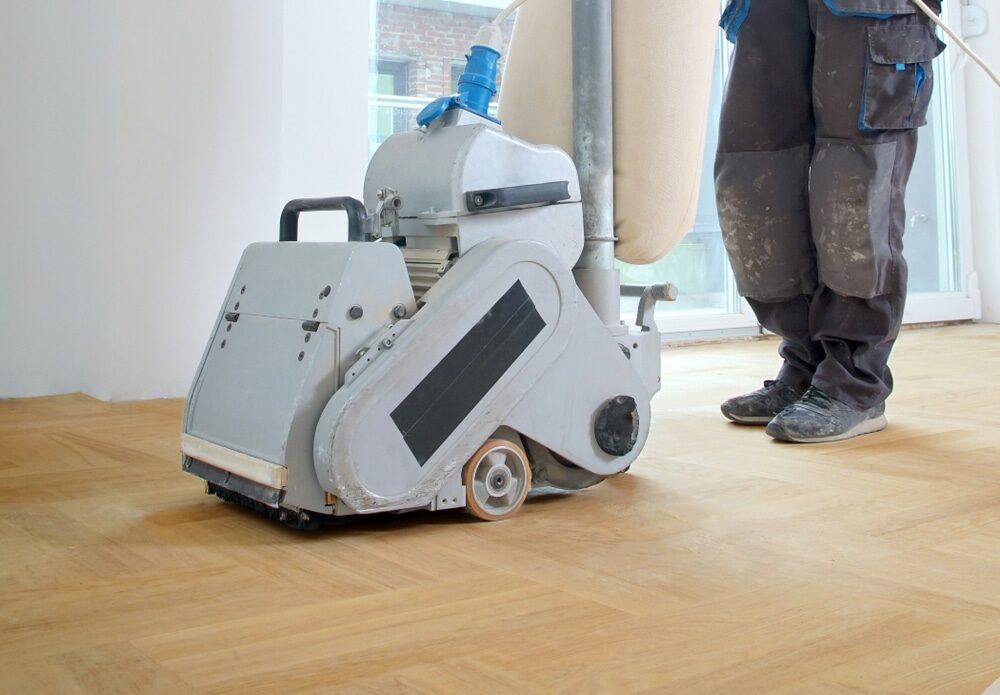
1: Understanding the Wood Floor Sanding Process
Wood floor sanding is the process of removing the top surface of a wooden floor using abrasive materials. The primary purpose of sanding is to eliminate old coatings, level out uneven areas, and prepare the floor for refinishing. The process requires patience, precision, and a good understanding of the tools and materials involved.2: Assessing Your Wood Floor
Before you start sanding, you need to assess your floor’s condition. Look for signs of wear and tear, such as deep scratches, dents, or stains. The level of damage will determine how much sanding is required and the grit sequence you’ll need to use.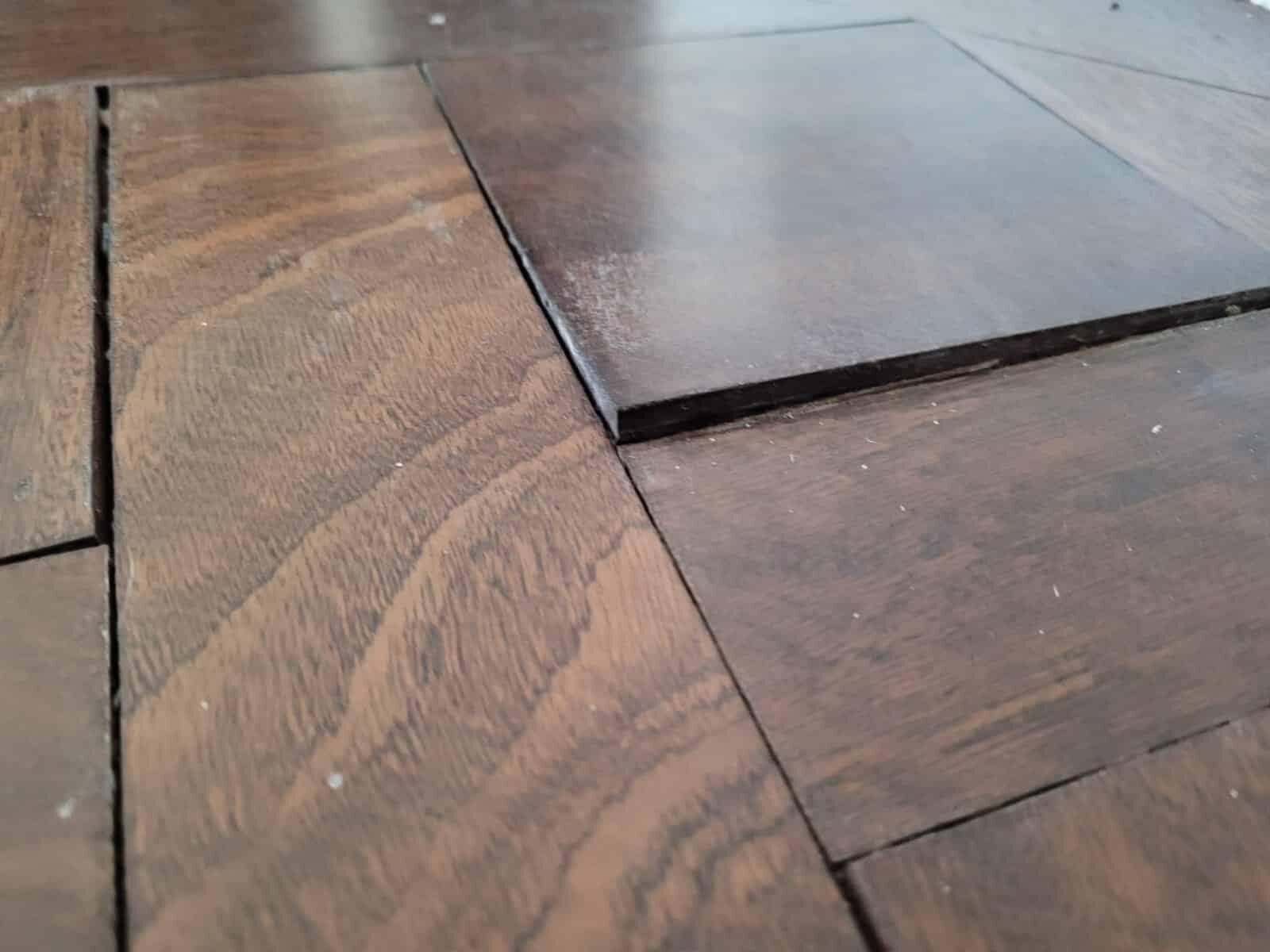
3: Gathering Your Tools and Materials
The basic tools required for sanding a wood floor include a drum or orbital sander, an edger, a hand scraper, a vacuum cleaner, and a variety of sandpaper grits. Personal protective equipment such as safety goggles, ear protection, and a dust mask are also essential.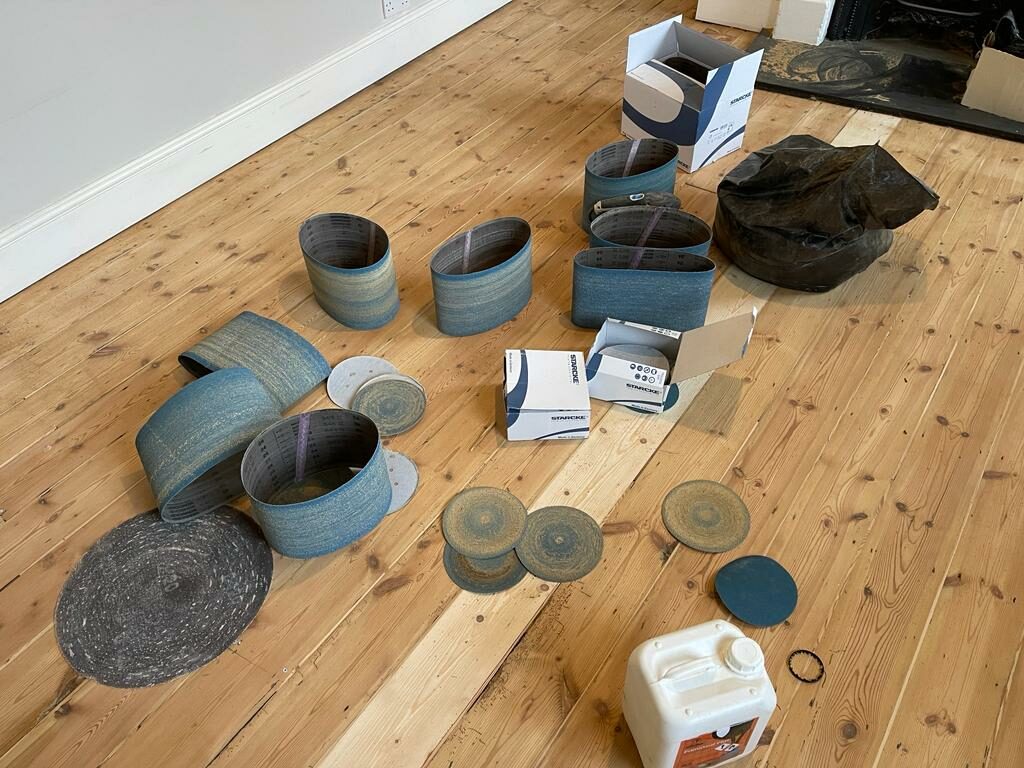


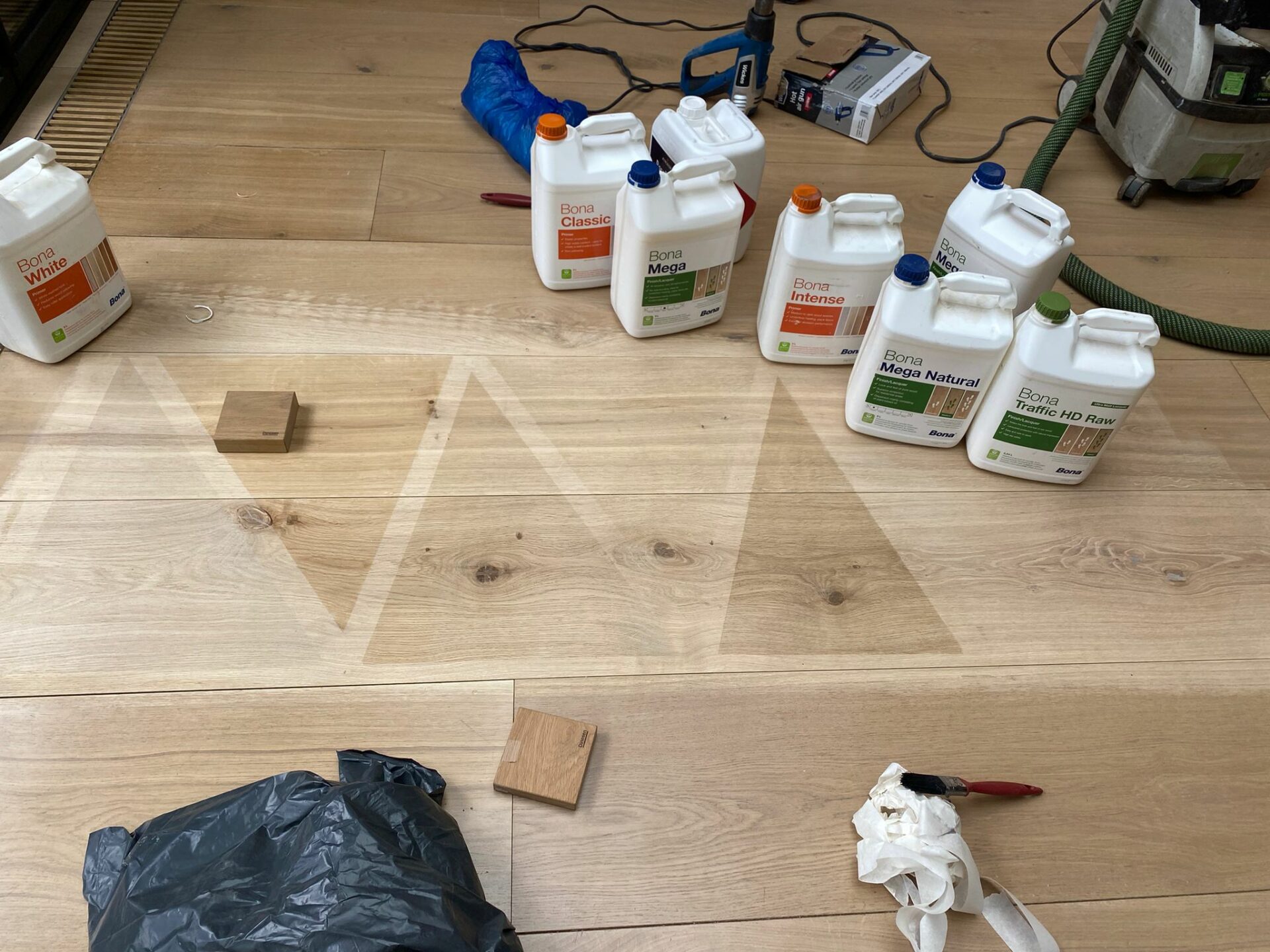
4: Preparing Your Space
Before you start sanding, you’ll need to prepare your space. Remove all furniture, decorations, and wall hangings from the room. Cover any fixed items and doorways with plastic sheeting to protect them from dust. Lastly, make sure your floor is clean and free of any nails or staples.5: Beginning the Sanding Process
Start with the coarsest grit sandpaper to remove old finishes and significant imperfections. Make sure to sand along the grain of the wood, not against it. Start with the main part of the floor, using the drum or orbital sander. Then, use the edger for areas near walls and the hand scraper for corners.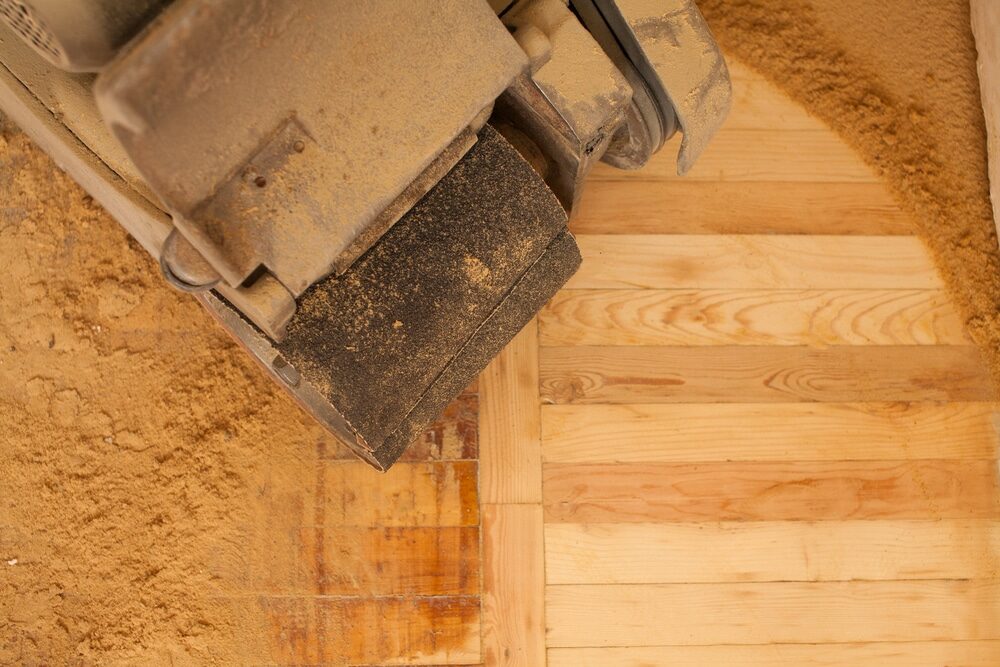
6: Progressing Through Grits
After the initial pass, vacuum or sweep up the dust before moving on to finer grit sandpaper. Each subsequent pass should remove the scratches from the previous grit. Continue this process, working your way through progressively finer grits until you achieve a smooth surface.7: Final Touches and Cleaning
After the final sanding pass, clean the room thoroughly to remove all dust. This step is crucial, as any remaining dust can interfere with the finish. Use a vacuum cleaner and a damp cloth to ensure a dust-free surface.8: Applying the Finish
Once the floor is sanded and clean, you can apply your chosen finish. Follow the manufacturer’s instructions for best results. Remember to ventilate the room well and allow sufficient drying time before walking on the floor.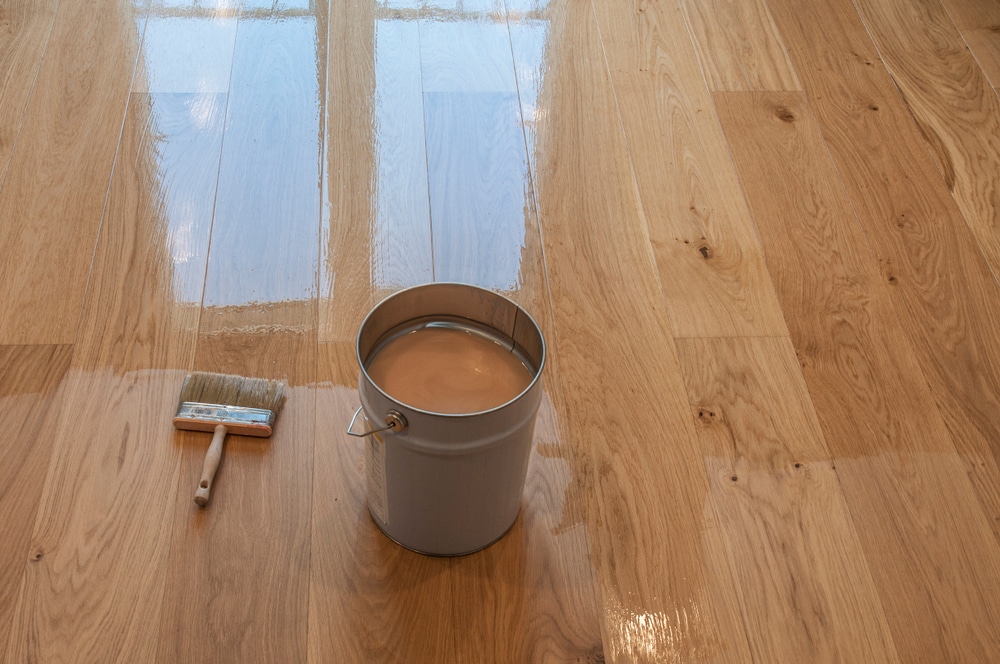
9: Maintenance After Sanding
Proper maintenance will prolong the life of your newly sanded and refinished floor. This involves regular cleaning, promptly addressing spills, and protecting the floor from scratches and dents.Frequently Asked Questions
We will wrap up. In this final chapter, we’ll cover some common questions about the wood floor sanding process to ensure you have a well-rounded understanding of what to expect.Q: How often should wood floors be sanded?
This largely depends on the traffic your floor endures and how well it’s maintained. Typically, hardwood floors may need sanding and refinishing every 7–10 years. However, oversanding can thin the boards and cause damage, so it’s best to only sand when necessary.Q: Can all wood floors be sanded?
A: Most solid hardwood floors can be sanded several times throughout their lifespan. However, engineered wood floors can usually only be sanded once or twice, as they have a thin veneer of real wood over a plywood base. Always check the manufacturer’s recommendations before sanding.Q: How can I minimise dust during sanding?
While sanding is inherently messy, there are ways to minimise dust. Using a high-quality dustless sander and regularly vacuuming during the process can greatly reduce the amount of dust. Additionally, sealing off doorways and vents with plastic sheeting can help contain dust in the work area.Conclusion
Wood floor sanding can be a challenging DIY project, but with the right knowledge, tools, and a bit of patience, it is certainly achievable. Understanding the process is key to ensuring a successful result that enhances the beauty and lifespan of your wood floors. Remember, sanding is a messy and time-consuming process. If your floor’s damage is beyond your skills or you’re not up for the task, hiring a professional is always a good option.Some Useful Links:
- Wood Floor Restorations
- Wood Floor Repairs
- Wood Floor Polishing
- Floor Sanding Services
- School Floor Sanding
More from our Blog:
Achieve a Perfect Refinish for Your Hardwood Floor: Comprehensive DIY Guide The Definitive Guide to Professional Wood Floor Restoration Services Wood Floor Sanding in Your London Home Hardwood Floor Restoration – Wood Floor Restoration Services in London
Sanding
We provide virtually dust-free sanding with our continuous belt machinery with mobile extraction units, giving you a safer environment for your family.
Oiling
This organic finish not only adds beauty to your home but also has exceptional water-repellent characteristics, making it easier to clean and maintain.
Waxing
This natural floor finish offers the softest and most mellow appearance – and leaves your floor able to breath.
Buffing
Using soft buffing machines (and hand-polishing where required) will bring a wonderful sheen to your newly-finished floor.
Repairs
We offer a full assessment of your wooden floors to determine what repairs are needed to provide the perfect working surface for the later stages of sanding, staining and sealing.
Restoration
We offer a comprehensive restoration process designed to address floors that are improperly fitted or damaged over time through wear and tear.
Request a fixed price quote for your wood floor restoration now
Simply enter your postcode below to get started.
Services
Wood Floor Sanding Wood Floor Restoration Wood Floor Scratch Repair Squeaky Wood Floor Repair Parquet Floor Sanding Parquet Floor Restoration Commercial Floor Sanding Church Floor Sanding Community Centre Floor Sanding School Floor Sanding Gap Filling Gap Filling with ResinCopyright © Mr Sander®
Privacy & Cookies Terms & Conditions Complaints Procedure Cancellation Rights Sitemap